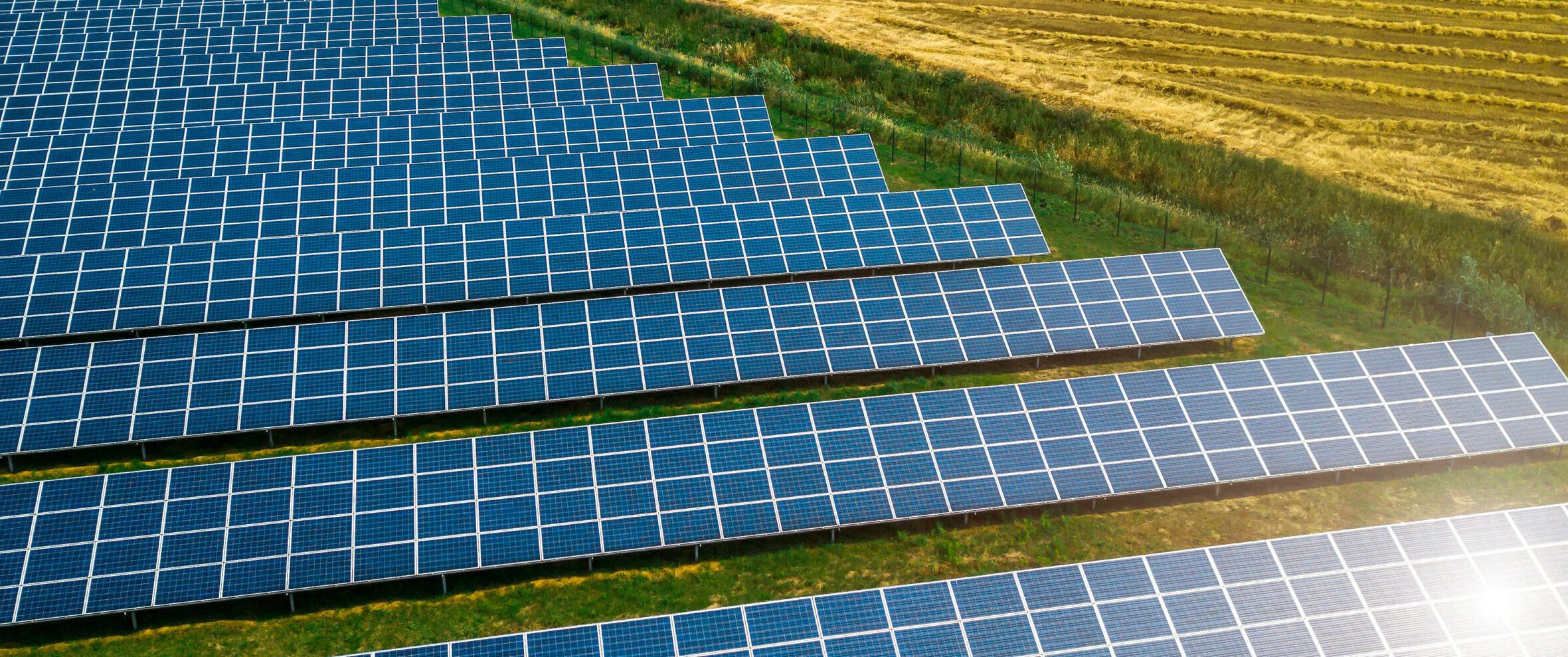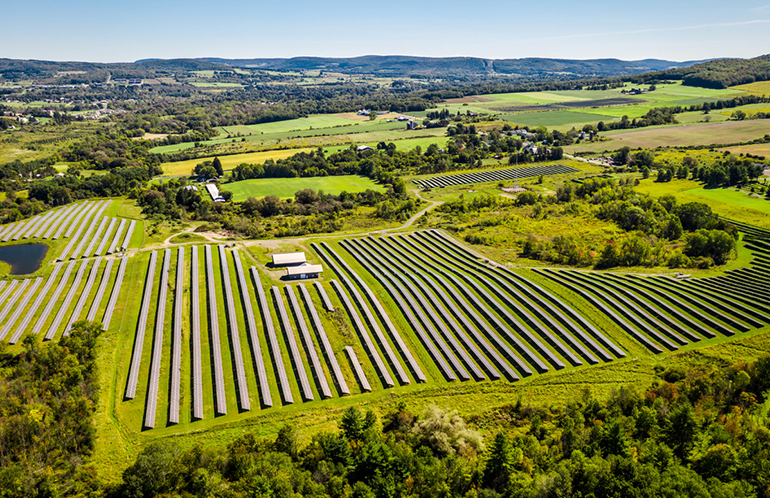Solar power is set to be among the most important technologies in the 21st century. The country is renowned globally for having had the highest rate of solar power per-capita in the world. Yet, we’ve really only just begun, and solar farms are set to be a critically important part of the world’s path to becoming a ‘solar superpower’.
So, what hurdles are commonly in the path of solar farm approvals? And what can help clear them?
1. Clearing Vegetation
Solar farms are fantastic, but they also take up a lot of space. In certain circumstances, solar panels can be placed over existing vegetation. For example, solar panels now serve as a ‘canopy’ residing above crops on many farms, with the panels ultimately helping shield the crops from extreme heat, and thus enhancing agricultural activities. And yet, oftentimes for a variety of reasons, existing vegetation will need to be cleared for the installation of a solar farm. Depending on local regulations, it can be a complex and difficult process to obtain approval for the clearing of existing vegetation.
2. Making a Real Connection
In addition to the site of the solar farm itself, connectivity of it to the grid could also pose a real challenge for a number of reasons. There’s the need to take into account what (if any) infrastructure presently exists there. Then, grid congestion in the surroundings may be a factor, complicating the capacity of the solar farm to get connected. Thereafter, even if a green light is given to connect, the sourcing of materials and personnel to build the new connection can be a real headache at present, due to ongoing supply chain problems and worker shortages in many locales. Using existing avenues of connectivity to the grid, and seeking to upgrade them, is a potential way to shortcut through some of these headaches where they may arise, but such a process is still likely to have some speed bumps along the way.
3. Local Opposition
While the general public in many nations are very supportive of renewable energy, it’s a reality that this does not translate by default to people wanting more large-scale installations near to their homes. Thus, for solar farm proposals that would be built nearby a (sizeable) existing community, the potential for local opposition to a solar plan of this kind must be taken into account.
4. The Failure of Obtain Quality Advice
The complexity surrounding a solar farm proposal is immense. Although many nations have made strong inroads with solar power, ultimately – especially when compared to longstanding energy resources like coal and gas – solar power remains a relatively new arrival on the scene. As a result of this, the scope for solar farm proposals to encounter some unique pitfalls on their path to obtaining approval can be significant. That’s why the acquisition and ongoing utilisation of expertise advice can be critical to help give any proposal the greatest prospects of success.
5. Factoring in the Future
The hurdles in the path of a solar farm proposal can appear substantial, but it’s also the case it’s expected they shall become easier to clear in the future. This is an important consideration when it comes to any stakeholders involved in a solar farm proposal with a view to the long term. Ultimately, there is no doubt that the urgency surrounding a global response to climate change – and the need to reduce emissions – shall only increase in future. This is unfortunate, given the greater harm that will result to the environment in coming years, but a silver lining to this does exist, as it means governments and other bodies will seek to streamline the pathways for solar farm proposals to be approved.



